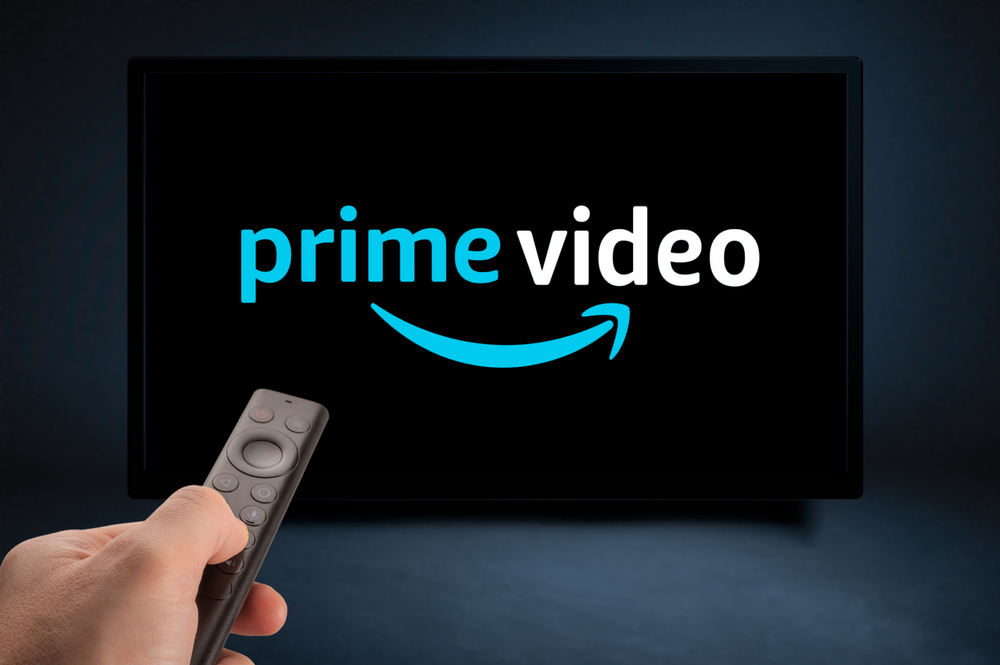Amazon Prime Video is ramping up its advertising efforts, with changes set to roll out early next year. This news, reported by the Financial Times, follows a less-than-a-year-old initiative where ads were first introduced on the platform.
The growing trend of advertising on streaming services is not surprising, as nearly all major players have adopted similar strategies to boost revenue. However, it raises questions about user experience. Amazon customers already pay for Prime subscriptions, only to face the addition of ads that disrupt their viewing experience. The exact number and placement of these ads in upcoming shows, such as Reacher, remain unclear, as traditional streaming content isn’t designed with advertising breaks in mind.
Amazon’s advertising venture has proven lucrative, with the company reportedly securing over $1.8 billion in advertising commitments during a preview event in September. This figure surpassed the company’s expectations. In the UK alone, Prime Video’s ad-supported tier boasts around 19 million users each month, and the U.S. numbers exceed 100 million users monthly.
Kelly Day, Vice President of Prime Video International, explained that the initial rollout of ads was a strategic decision for a “soft entry into advertising.” She noted that there hadn’t been a noticeable increase in subscriber opt-outs or cancellations following the introduction of ads. “We know it was a bit of an unconventional approach,” Day stated, emphasizing the positive reception of the ads thus far.
Despite the influx of ads, an Amazon spokesperson reassured viewers that the platform still intends to offer “significantly fewer ads than linear TV and other streaming providers.” In a bid to enhance viewer engagement, Amazon is also planning to launch an interactive ad experience, allowing viewers to add items directly to their cart from the video stream, further merging shopping with entertainment.
For those who wish to stay updated on this evolving story, you can read more at Engadget. As the streaming landscape shifts, subscribers will have to navigate the balance between content and commercials.


